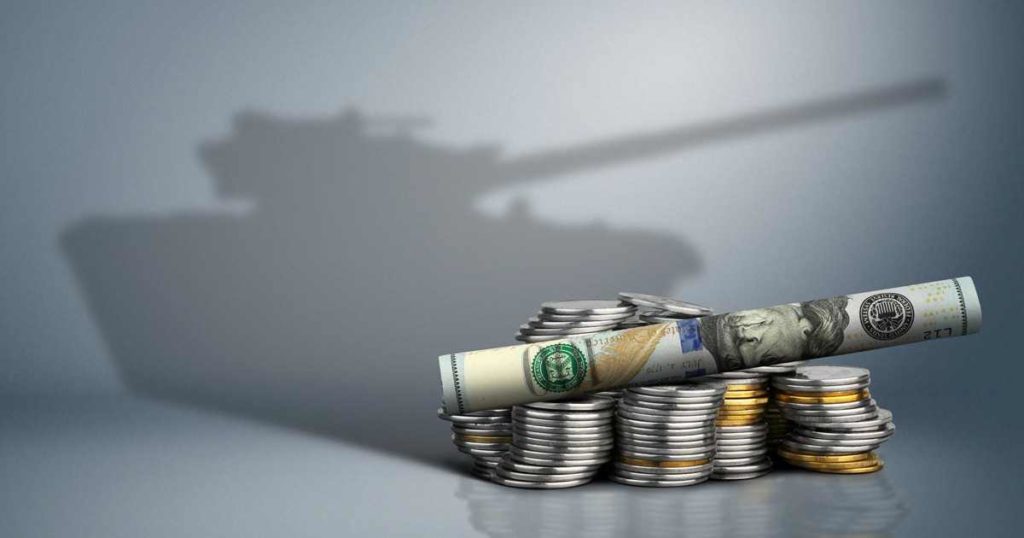Price wars create a seemingly unsolvable dilemma: Match the competitor’s price and risk losing profits, or ignore the competitor’s price and risk losing revenues. Yet, based on a vital but universally neglected business principle, there is a powerful solution to winning—and preventing—price wars.
Editor’s Note: This is the second in an occasional series of articles based on transcripts of podcasts by MIT instructor Jonathan Byrnes. His Profit Levers podcast covers topics related to managing profitable growth, occasionally discussing issues of concern to marketers. Those episodes are the ones MarketingProfs will be publishing. The first article/transcript published by MarketingProfs was Big Data: Big Opportunity or Big Headache?
Episode 2 of the Profit Levers podcast is How to Win a Price War.
In my graduate course at MIT, I start the semester with a case study that I wrote while I was a doctoral student at Harvard Business School. It features the dilemma faced by the CEO of a company that prices its product, private label bleach, at about $2 per gallon. The main competitor responds by cutting its price to $1.10. The question is: What should the CEO do?
Companies that start price wars are the terrorists of every industry. They pose a monumental dilemma: Should you respond in kind and risk losing all your profits, or should you stay the course and risk losing all your revenues?
The answer to this dilemma is to deploy one of the most powerful profit levers—one which always wins, but which most managers almost completely ignore.
How can you win without destroying your own profitability?
